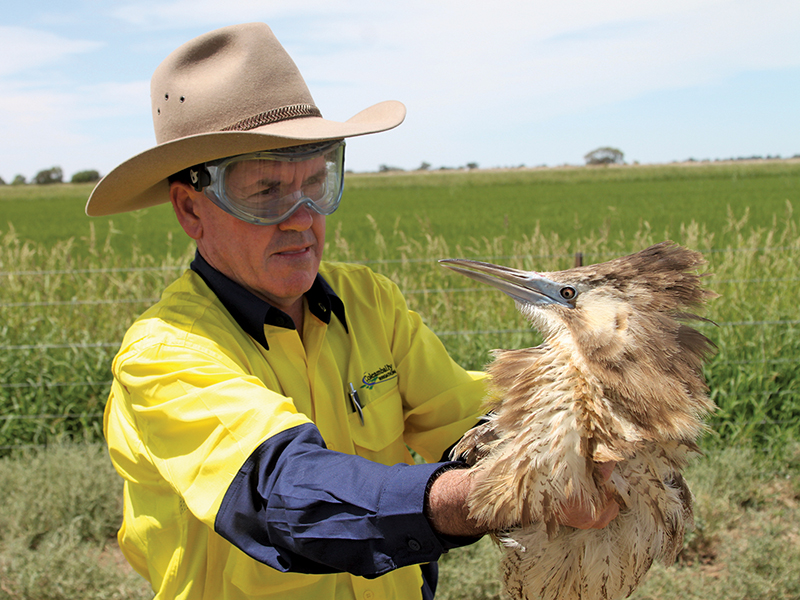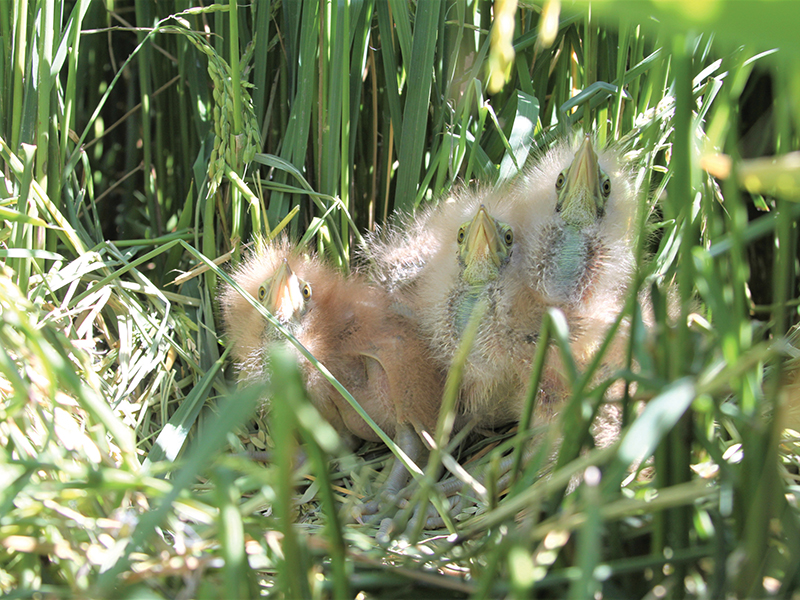
Private land manager profile: Mark Robb
Wednesday, 20 May 2020Mark Robb
Environmental Compliance and Biodiversity Officer, Coleambally Irrigation Cooperative Limited
Tell us about your organisation
Coleambally Irrigation Cooperative Limited (CICL) is a member-owned cooperative which supplies irrigation and corporate services to our 295 members
and other customers. We provide irrigation and drainage services to nearly 500 farms in the Murrumbidgee Valley in the Riverina region of New South
Wales. Collectively these farms equate to around 450,000 ha of land owned by 350 businesses.
Our cooperative holds a number of water access licences with the New South Wales Government and accesses a regulated surface water supply from the
Murrumbidgee River upstream of Gogeldrie Weir. We manage over 1200 km of water supply and drainage channels in the region, and help organise
and facilitate the delivery of environmental water to significant wetlands. Our irrigators grow a mixture of summer and winter irrigated crops with
cotton, rice and corn being the main summer crops. I’ve been with CICL for over 25 years.
What Threatened Species Recovery Hub research have you been involved in?
CICL is a donor and partner of the Bitterns in Rice Project. The project is a joint effort between rice farmers and conservation scientists to help
the strange and Endangered Australasian bittern. Each year between 500 and 1000 bitterns descend on the rice crops in Coleambally and other parts of
the Riverina
to breed. This is remarkable as it is around half of Australia’s total population of the species and it is estimated that there are only 1500–4000
remaining in the world. CICL has been working with the Bitterns in Rice team to monitor bittern breeding in our area and to help develop recommendations
for bittern-friendly rice farming.

Australasian bittern chicks in a rice field. Image: Matt Herring
What has been good about the collaboration?
It has definitely been an amazing learning experience and a great journey for me. I also believe it has opened many eyes in the local and wider community
by highlighting the vital yet simple role that rice growers and irrigators can play in providing critically important habitat requirements on-farm
for a threatened species.
What has it changed?
I’ve found this ecological research has changed the topics of discussion when I meet with local farmers these days. While the water price or water
allocation are the highest priority, most will have something to say about bitterns or frogs and various other wildlife on their farm. It’s definitely
a much more interesting conversation than it was 20 years ago. My involvement in the project has now given me added confidence in promoting it and
I look forward to the next phase.
Top image: Mark Robb with an Australasian bittern. Image: Matt Herring